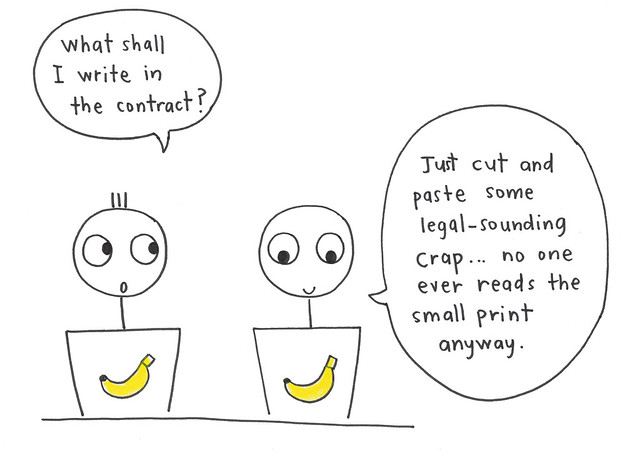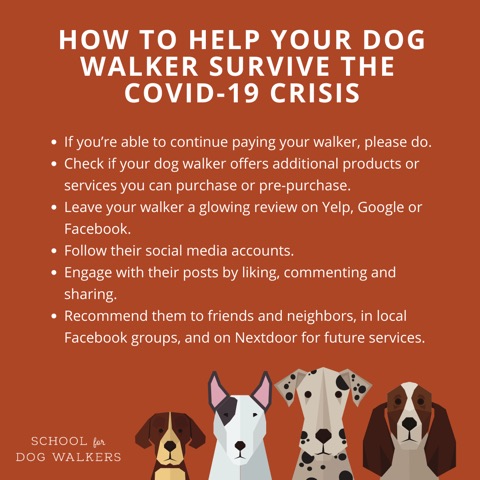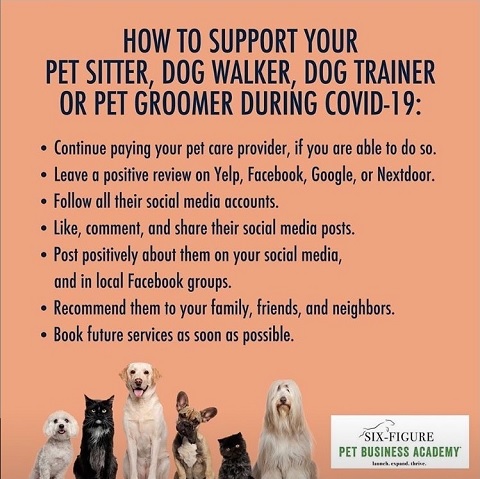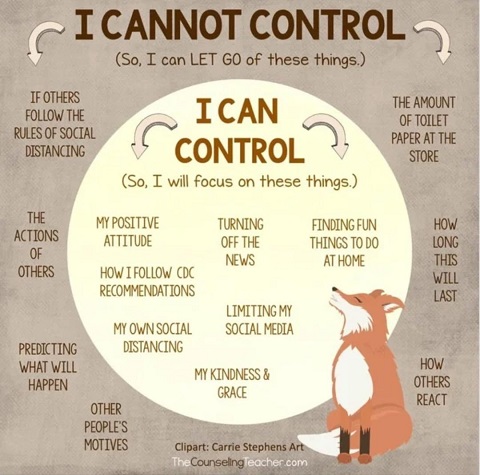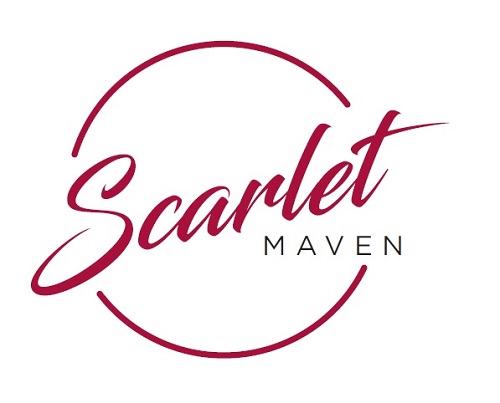Thanks to an update in California law, the process to move a corporation from California to Arizona is finally straightforward.

The Old Way to Move a Corporation from CA to AZ
The old way to move a corporation from California to Arizona was a bureaucratic nightmare:
- File the Articles of Incorporation to form an Arizona corporation.
- File the Statement of Merger in Arizona.
- Send away for a certified copy of the approved Statement of Merger.
- Send the certified copy of the Statement of Merger to California with a letter that complies with California state law requirements, including a second page that merely stated the California corporation’s entity number. Even if you included the entity number in the letter, you still had to have it on a second page.
This entire process took months, especially since most of it had to be done over snail mail! And if you made one minor mistake, the government would send it back and make you do it again.

The New Way to Move a Corporation from CA to AZ
The newly approved way to move a corporation out of California now mirrors the way every other state I’ve worked with lets you do it – with a conversion. Here’s how the new process works:
- File the Statement of Domestication in Arizona along with the Articles of Incorporation.
- File the Statement of Conversion in California.
This is also the process for moving an limited liability company (LLC) from California to Arizona. You can also change your California corporation into an LLC while you’re moving it to Arizona.
I think California realized that companies are going to move regardless of the process and putting red tape in the way is only going to waste government resources. There were times I called the California Secretary of State’s Office with a question, and hear that there were 46 callers ahead of me!

Is the New Process Cheaper?
Yes.
The total filing fees for the old process and the new one are about the same about $380 to convert a California corporation to an Arizona corporation with expedited processing.
Where people are going to save money is on the attorneys’ time. Two steps is faster than four, and requiring the same process for all moves means there will be fewer mistakes (or alleged mistakes), and fewer re-dos.
Can You File a Conversion by Yourself?
Yes. You don’t need a lawyer to do it. The forms are available online, and you can do your California filings online.
Currently, the Arizona Corporation Commission does not have the option to submit a Statement of Domestication online, and it has to be submitted with the Articles of Incorporation, so you have to do that one via snail mail or by going down to their location.
The process to allow your lawyer to file documents on your company’s behalf through the California Secretary of State’s Office is asinine, so it’s faster for me to send it in via snail mail. You, however, can easily file documents for your company through their website.

What If You Have an S-Corp?
Let me pre-emptively address this issue because there’s a lot of confusion about it.
An S-corp has do with how your company is taxed at the federal level. (The IRS really should have picked a designation that didn’t include the term “corp.”) It has no impact on whether your company is formed as a corporation or an LLC through your state.
I tell all my clients to talk with their accountant about what type of entity they should form at the state level. Creating a corporation or an LLC in Arizona is easy; it’s just paperwork and money.
Unlike California, it can be easier and more cost-effective to have an LLC in Arizona. If you have an Arizona corporation at the state level, you’re required to submit an annual report an pay an annual fee. It’s much less than the $700/year California charges, but it’s still a fee. And if you forget to submit your annual report, the AZ Corporation Commission can administratively dissolve the company.
Conversely, Arizona LLCs don’t have any annual fees or reporting requirements. You only need to file an Articles of Amendment if there’s a change in the company’s ownership, name, location, or statutory agent. If you want a business entity that is more set-it-and-forget-it, and LLC may be the better choice for you.
Get More Free and Helpful Information in Your Inbox with Ruth & Consequences
If this was helpful to you, please subscribe to Ruth & Consequences. This fortnightly newsletter contains helpful information for professional creatives and entrepreneurs, especially those who embrace and celebrate that they’re not normal.


